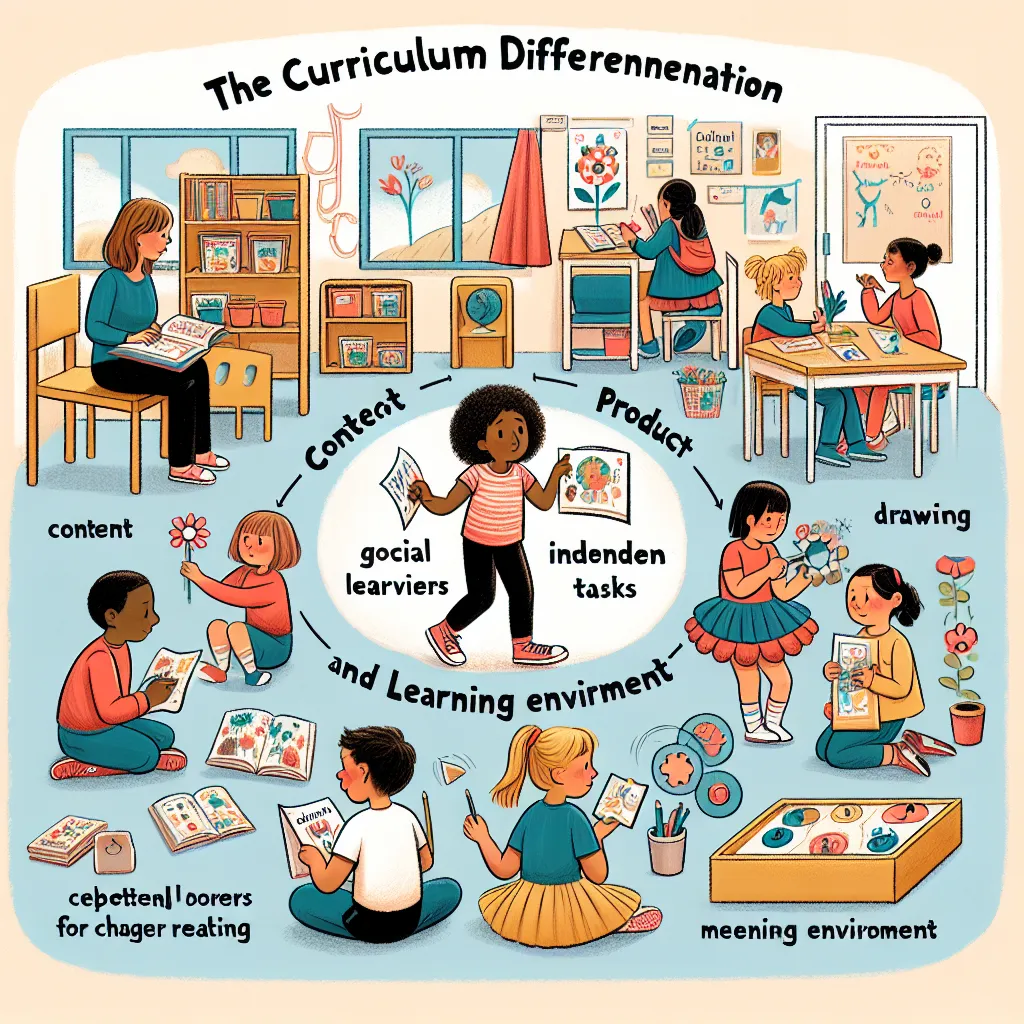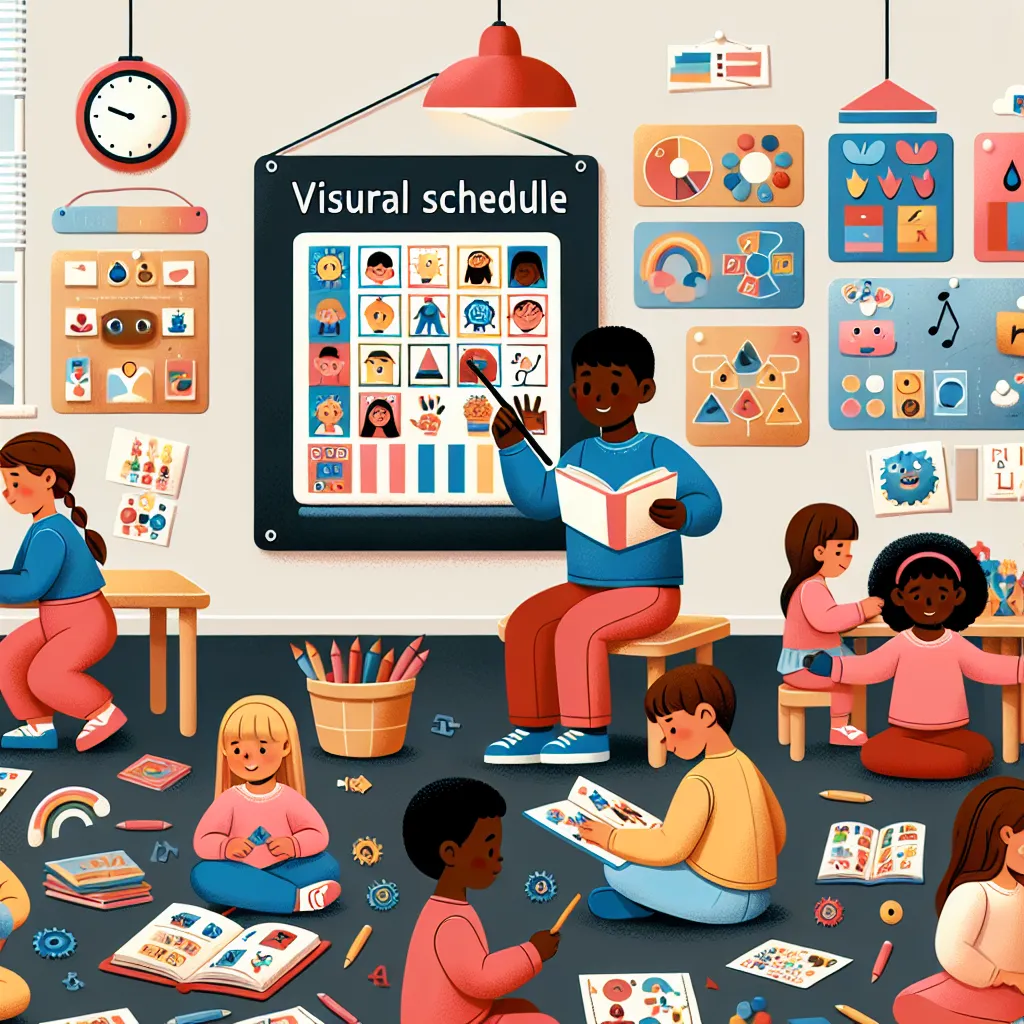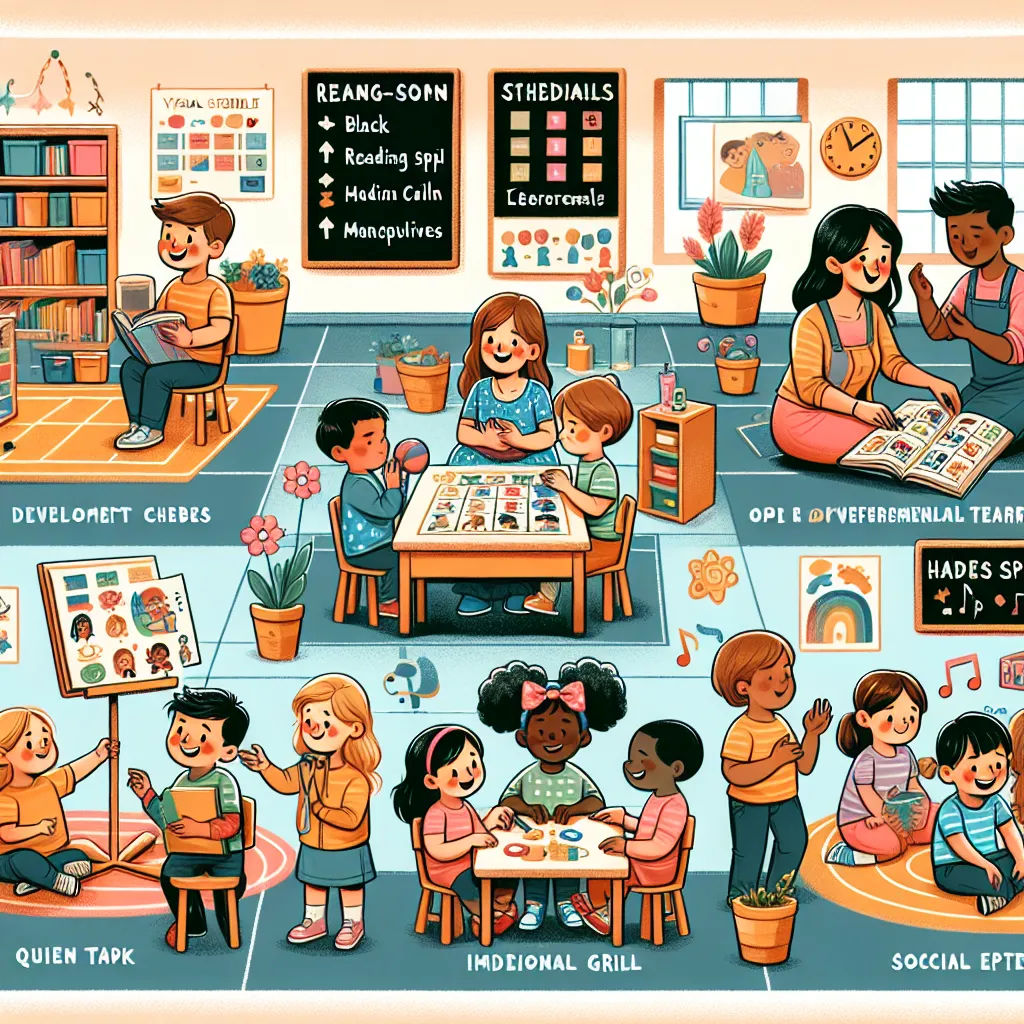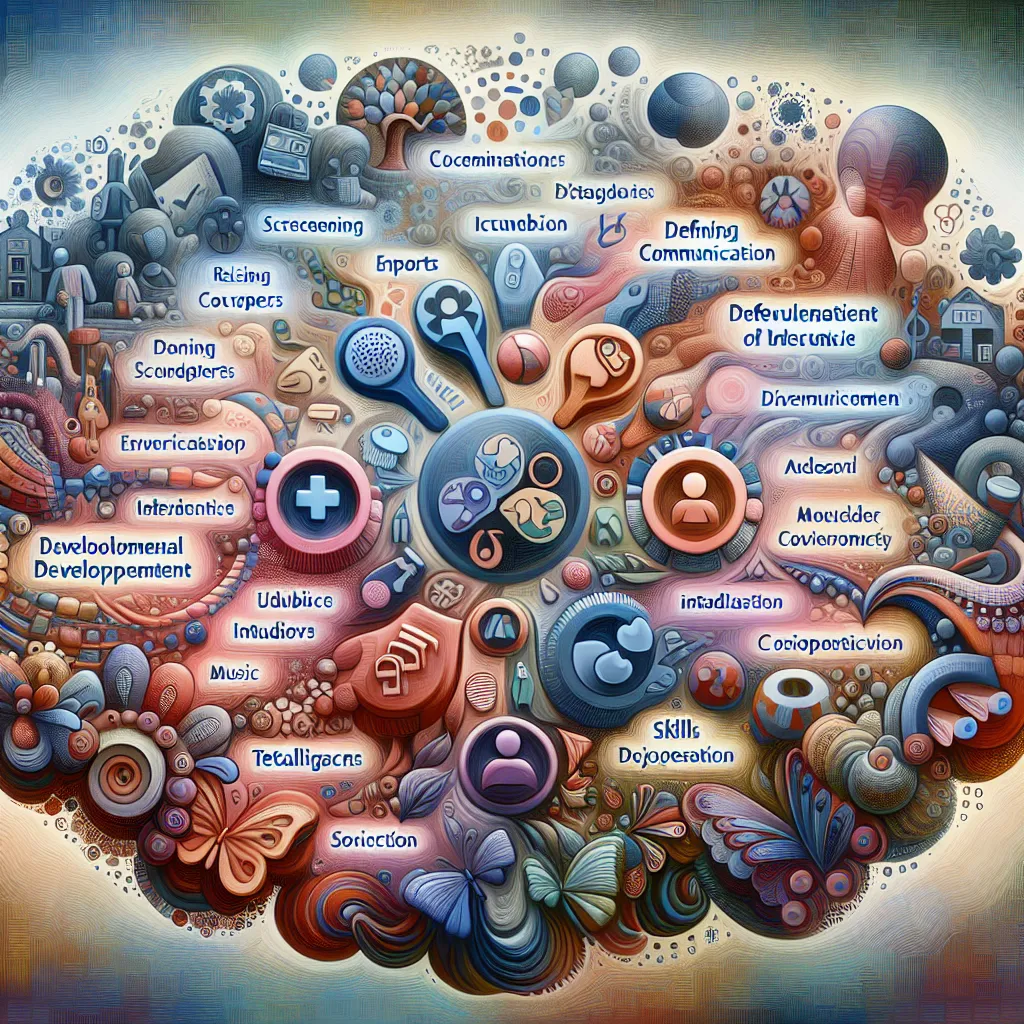Ask AI on The Internet
Question: 7.1 What is curriculum differentiation? (4) 7.2Curriculum differentiation acknowledges that learners learn best when their teachers effectively address variances in readiness level, interest and learning profile (Tomlinson 2010). Tomlinson (2004) mentions that it also entails differentiating the content, process, product and learning environment. Explain how each of these elements will be differentiated by including examples of how it will be done in Tshepo’s classroom. In your answer, also give examples from the case study where applicable to support your statements (4 x 5 marks) [25] 8. Read the following case study of a little girl in Tshepo’s class: Zinthle is 5 years old and just started Grade R. She is very talkative and energetic but finds it challenging to sit still and concentrate during classroom activities. It is only during a music activity that she cooperates and participates in the activity. She likes singing and dancing and remembers the words of a song very quickly. Which one of Gardeners’ intelligence applies to Zinthle (2)? Give a reason for your answer with examples from the case study (5). [7]
### 7.1 What is Curriculum Differentiation? (4) Curriculum differentiation is a teaching approach designed to address the diverse learning needs, interests, readiness levels, and learning profiles of students in a classroom. It involves adapting and modifying the curriculum, teaching methods, and learning activities to ensure that all students have equitable access to learning opportunities. This approach seeks to enhance engagement, understanding, and academic growth for each student by providing varied instructional strategies and resources that cater to individual differences. ### 7.2 Differentiating Key Elements in Tshepo’s Classroom (20) To effectively differentiate the curriculum in Tshepo’s classroom, the key elements of content, process, product, and learning environment can be tailored to meet students' diverse needs. Here’s how each element can be differentiated: **1. Content Differentiation** - **Example**: In a lesson about animals, Tshepo could provide different types of materials depending on students' readiness levels. For students who are advanced, he could provide detailed articles or documentaries about animal behavior. For those who need more support, he might use simpler texts or picture books. - **Case Study Connection**: If there are students like Zinthle who show interest in auditory materials, Tshepo could incorporate songs and chants about animals to help such students engage with the content. **2. Process Differentiation** - **Example**: When teaching math concepts, Tshepo could use a variety of activities to cater to different learning styles. Visual learners could use diagrams and charts, kinesthetic learners could engage in hands-on activities like building shapes with blocks, and auditory learners could participate in group discussions. - **Case Study Connection**: For a student like Zinthle, process differentiation could involve dance or movement-based activities that incorporate counting or rhythm to help her stay engaged and learn more effectively. **3. Product Differentiation** - **Example**: Tshepo could allow students to demonstrate their understanding of a historical event through different formats. Some students might write an essay, others might create a visual timeline, while others could perform a short play or make a video presentation. - **Case Study Connection**: Given Zinthle's strengths in music and movement, Tshepo could allow her to create a song or dance that tells the story of the historical event, thus leveraging her musical intelligence to demonstrate learning. **4. Learning Environment Differentiation** - **Example**: The classroom can be arranged with various learning stations designed to cater to different needs and preferences. For instance, there could be a quiet reading corner, a hands-on activity table, and a collaborative group work area. - **Case Study Connection**: To accommodate Zinthle's energetic nature and difficulty concentrating, Tshepo might create a "movement corner" where students can engage in learning activities that involve physical movement, such as dance and interactive games. ### 8. Gardener’s Intelligence Applied to Zinthle (7) **Gardner’s Intelligence: Musical Intelligence (2)** - **Reason and Examples**: According to Howard Gardner's Theory of Multiple Intelligences, musical intelligence refers to the capacity to recognize, create, reproduce, and reflect on music, as demonstrated by sensitivity to rhythm, pitch, melody, and tone. Zinthle exhibits several characteristics indicative of high musical intelligence: - She cooperates and participates in activities when music is involved. - She enjoys singing and dancing, which are core aspects of musical intelligence. - She quickly remembers the words of songs, indicating a keen auditory memory for music. In Tshepo's classroom, tailoring learning activities to include musical elements would likely benefit Zinthle, as it aligns with her strengths and natural inclinations. For instance, incorporating songs into daily routines or using music as a mnemonic device could help bridge her engagement and participation in other academic areas.
Think your answer is better than the AI's? Post it below.
Other Most Relevant Posts:
Question Tags
If you want your question answered by an AI, click here.







Post your own comment: